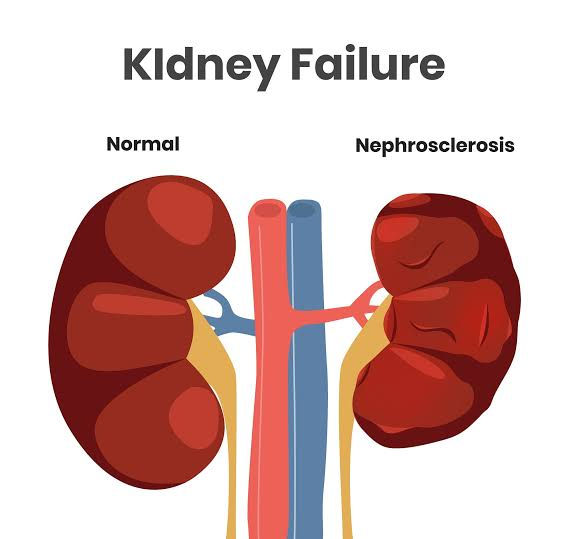Sleep hygiene: Simple solutions to a good night’s rest
- Callie Tse
- Aug 9
- 2 min read

Though it is undoubtedly important to maintain good health and functioning, getting enough sleep has become a rising problem. According to the CDC, more than ⅓ of US adults fail to sleep enough. Nevertheless, living with a good quality of life may be possible with sleep hygiene — the healthy routines, environmental factors, and behaviors that enable a good night’s sleep.
Why is sleep hygiene important?
Most adults need 7-9 hours of sleep. Among countless other functions, sleep enables your body to store and conserve energy, recover from daily activities, and process information. Sleep deprivation results in low energy, poor balance and coordination, forgetfulness, general fatigue, a worse immune system, and heightened risk of a slew of other health issues.
Yet, with good sleep hygiene, you can ensure that you get enough rest every night. These straightforward solutions create ongoing routines that take advantage of positive reinforcement. It costs little and is basically risk-free — what’s not to love?
How to achieve good sleep hygiene
Set up a fixed sleep schedule, with a set time to go to sleep and wake up, no matter what day of the week it is. Although missing out on sleep to have more time to study, work, or attend social events can be enticing, prioritizing sleep consistency trains your circadian rhythm to sleep and wake up at suitable times, leading to falling asleep quicker and feeling better in the morning. To achieve an appropriate schedule, don’t abruptly change your sleep schedule — instead, ease into it with 1-2 hour adjustments at a time.
Establish a night-time routine. Here are some options: setting down electronic devices (30-60 minute buffer time before bed), reading for fun under a soft light, dimming your lights in general, taking a warm bath, and performing relaxation exercises like simple stretches or deep breathing. Other actions like following the same steps of wearing pajamas and brushing your teeth can also help.
Follow good day-time habits to prevent disruptions to your circadian rhythm and ensure better sleep. These habits can include: exercising regularly, abstaining from smoking, lowering alcohol and caffeine consumption, not eating dinner too late (and only eating light snacks at night), and limiting in-bed activities such as scrolling on your phone in bed.
Make your bedroom comfortable. Create a relaxing environment! Use a cozy mattress and pillow, optimal bedding, and a cool and fitting temperature. Block out excessive light with curtains and even block out noise with ear plugs.
Keep in mind that good sleep hygiene is not the same for everyone and that they are not a cure for sleep disorders. Try these tips out and see which works the best for you! If you are struggling with long-term sleep issues, contact your healthcare provider for the best treatment.
References
"Here's What Happens When You Don't Get Enough Sleep." Cleveland Clinic, 29 May 2024, health.clevelandclinic.org/happens-body-dont-get-enough-sleep.
"Sleep Hygiene: 7 Tips for a Better Bedtime Routine." Cleveland Clinic, 25 Sept. 2023, health.clevelandclinic.org/sleep-hygiene.
Solodar, Jessica. "Sleep hygiene: Simple practices for better rest." Harvard Health Publishing, 31 Jan. 2025, www.health.harvard.edu/staying-healthy/sleep-hygiene-simple-practices-for-better-rest.
Suni, Eric. "Mastering Sleep Hygiene: Your Path to Quality Sleep." Sleep Foundation, 4 Mar. 2024, www.sleepfoundation.org/sleep-hygiene.
Assessed and Endorsed by the MedReport Medical Review Board






